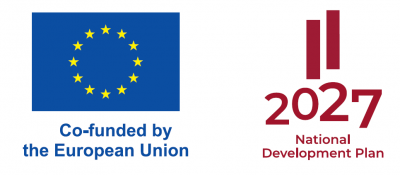Five main priorities have been identified for the European Union's investment during the programming period from 2021 to 2027:
- a more competitive and smarter Europe;
- a greener, low carbon transitioning towards a net zero carbon economy;
- a more connected Europe by enhancing mobility;
- a more social and inclusive Europe;
- Europe closer to citizens by fostering the sustainable and integrated development of all types of territories.
The EU budget to finance main priorities combines resources at European level. As well as funding the EU’s priorities, it also finances big infrastructure and research projects. It also helps fund responses to challenges that go beyond its borders, such as the coronavirus pandemic, climate change and the threat of terrorism.
The EU budget is complementary to EU countries’ national budgets: it prevents the duplication of efforts and comes into play when it is more effective to spend money at EU level than at local, regional or national level.
The EU budget is also about solidarity – it enables the EU to support less wealthy Member States in their economic development. Thanks to it, the EU can give a helping hand to EU countries when they are hit by natural disasters.
Solidarity also means supporting your neighbors or other third countries, and helping improve the lives of their citizens. The EU budget allows the EU to keep and even strengthen its role as a global player and to remain, together with its Member States, the world’s leading development and humanitarian aid donor.
The agreement reached at the meeting of EU leaders in July 2020 provides that, in total, around EUR 10.5 billion will be available for Latvia's economic development till year 2027, of which for the Latvia’s home affairs sector around EUR 219 million will be available.



